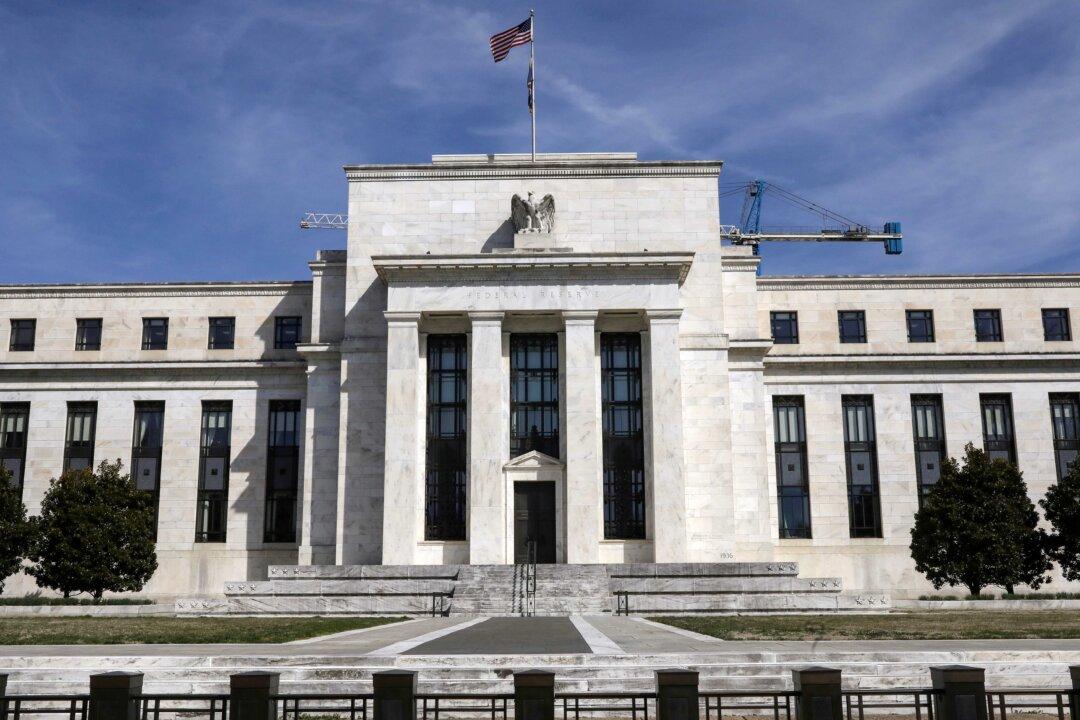Three Federal Reserve policymakers on Tuesday hinted that the central bank has made enough progress to start cutting back on its monthly bond purchases as early as next month and will start withdrawing the extraordinary support it unleashed after the pandemic lockdowns paralyzed the economy.
“Since our December 2020 meeting, the Committee has indicated that it will continue to maintain the pace of Treasury and mortgage-backed securities purchases at $80 billion and $40 billion per month, respectively, until ’substantial further progress’ has been made toward our maximum-employment and price-stability goals,” Fed Vice Chair Richard Clarida told the Institute of International Finance virtual annual meeting.





